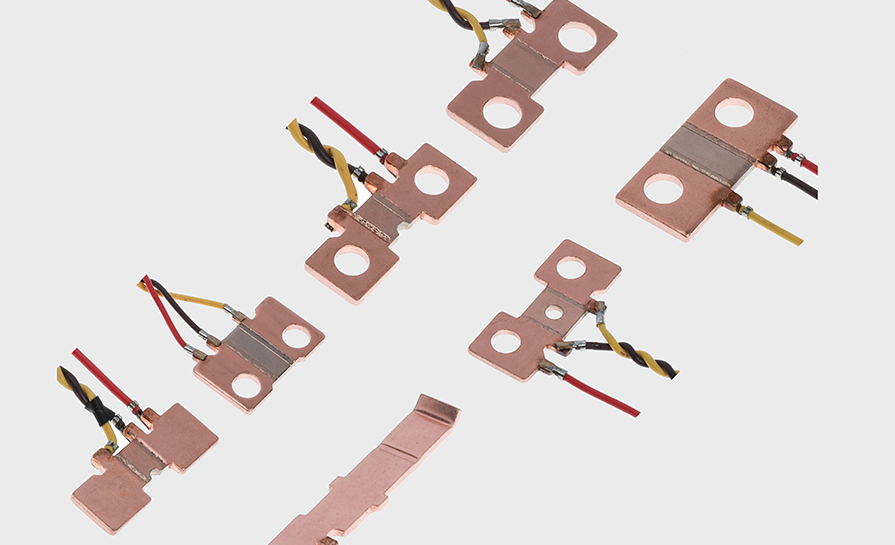
When it comes to current measurement in electrical systems, engineers have a choice between two popular methods: shunt resistors and current transformers. Both options have their strengths and limitations, and understanding their differences is crucial for selecting the most suitable method for a given application. This blog post aims to provide a comprehensive comparison between shunt resistors and current transformers, shedding light on their advantages, disadvantages, and typical use cases.
1. Shunt Resistors:
Shunt resistors are passive devices that rely on Ohm's law to measure current. They are low resistance elements placed in series with the load, and the voltage drop across the resistor is proportional to the current flowing through it. Here are some key considerations regarding shunt resistors:
a. Accuracy: Shunt resistors can offer high accuracy measurements, especially when carefully selected and calibrated. However, they are prone to errors due to self-heating and temperature variations.
b. Measurement Range: Shunt resistors are suitable for low to medium current measurements, typically up to a few hundred amperes. Beyond this range, they become impractical due to power dissipation and voltage drop limitations.
c. Cost: Shunt resistors are generally cost-effective and readily available, making them a cost-efficient option for many applications.
d. Power Loss: Shunt resistors dissipate power, leading to energy loss and potential heating issues. Proper design considerations are necessary to mitigate these effects.
2. Current Transformers:
Current transformers (CTs) are devices that use the principle of electromagnetic induction to measure current. They consist of a primary winding through which the current passes and a secondary winding connected to the measuring instrument. Consider the following aspects of current transformers:
a. Accuracy: Current transformers offer excellent accuracy, particularly in high-current applications. Their design is optimized for accuracy, and errors due to self-heating and temperature variations are minimal.
b. Measurement Range: Current transformers are well-suited for high-current measurements, typically ranging from a few hundred amperes to several thousands of amperes. They are particularly useful in power systems and industrial applications.
c. Isolation and Safety: Current transformers provide galvanic isolation between the primary and secondary circuits, enhancing safety by eliminating the risk of electrical shock.
d. Cost: Current transformers tend to be more expensive than shunt resistors, especially for higher current ranges. Additionally, their availability might be more limited, requiring customized solutions in some cases.
Conclusion:
The choice between shunt resistors and current transformers depends on various factors, including the accuracy requirements, measurement range, cost constraints, and safety considerations of a specific application. Shunt resistors are suitable for low to medium current measurements, offering cost-effective solutions with careful calibration. On the other hand, current transformers excel in high-current applications, providing superior accuracy and galvanic isolation. By understanding the strengths and limitations of both methods, engineers can make an informed decision to ensure accurate and reliable current measurements in their respective projects.
-

Performance and Characteristic
As a seasoned technical expert in the field, I would like to provide a comprehen...
2023-09-28 view+ -

In 2022, the car market may en
In 2022, the total sales volume of China's automobile market may end with 26...
2022-12-20 view+ -

Car resistors need to undergo
If I were Elon Musk, I would believe that car resistors need to undergo several ...
2023-06-24 view+ -

The Role of Shunt Resistors in
Battery management systems (BMS) play a critical role in monitoring and protecti...
2023-10-31 view+


